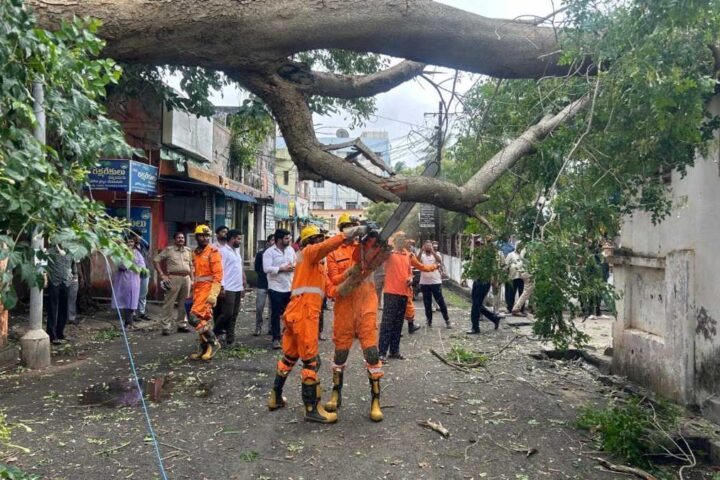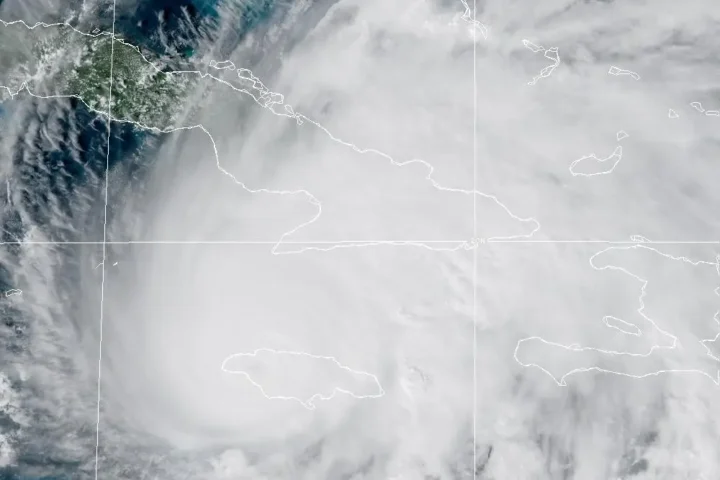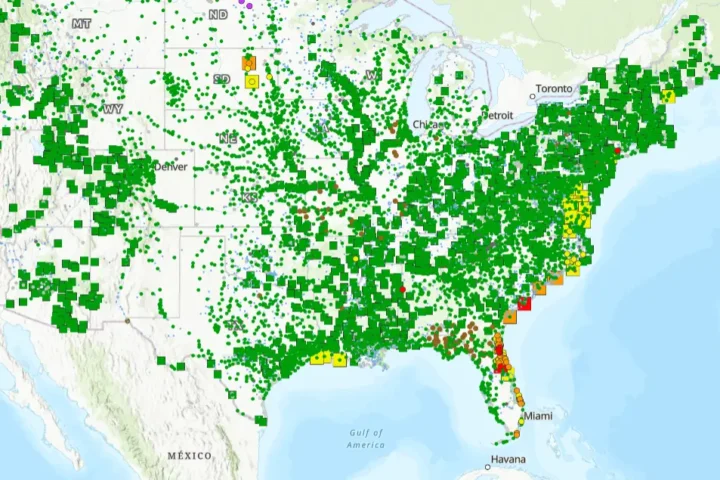As the monsoon season hits, spanning from June to August, it tends to be a very tough time for the people living in the Brahmaputra floodplains as it gets flooded due to heavy rains. Since the post-independence period, Assam has experienced major floods in the years 1954, 1962, 1972, 1977, 1984, 1988, 1998, 2002, 2004 and 2012.
Floods are not a new scenario in Assam, with almost every year, three to four waves ravage these flood-prone areas, with cities like Guwahati getting affected the most because of their rising population and poor drainage system. Roads tend to get clogged, and with vehicular congestion becoming common, creating potential accidental hazards.
A recent incident highlighted discrepancies in the system. An 8-year-old boy, based out in Chandmari, Guwahati, was reportedly drowned in a drain, which was kept open by authorities as some construction work was going on. More such cases can be repeated as manholes are kept open for the recent construction of flyovers and bridges all over the city amidst heavy rain.
Assam’s Rivers: Blessing or Curse?
The flood problem of the state is further aggravated due to flash floods by the rivers flowing down from neighbouring states like Arunachal Pradesh and Meghalaya. Chief Minister of Assam, Dr. Himanta Biswa Sarma, held institutions like USTM, which fall under Meghalaya government jurisdiction, accountable for doing construction by cutting and carving large parts of mountains. These mountains tend to absorb water from flash floods, but destruction of those mountains is causing flash floods in the streets and roads of Guwahati.
Another major problem is river bank erosion in rivers like The Brahmaputra, Barak, and their tributaries. Damage caused by erosion runs into several hundred crores every year. River bank erosion has been a serious issue since the last six decades, and many hectares of fertile agricultural lands have been washed off due to this recurring problem heavily impacting the rural economy.
A comprehensive study of the drainage system of Guwahati conducted by the Water Resource Department reveals that the city depends heavily on the existing natural drains. The conditions of these channels are not very convincing as they are constantly covered with garbage, waste material, and sewage. The water resource department had prepared a systematic plan for the clearing and management of these drain channels, which are like a lifeline of Guwahati City. As the city doesn’t have a planned drainage system to take care of the sewage or wastewater that is being generated, these natural channels become all the more important.
Deforestation is also a leading cause for Assam floods. Continued deforestation leads to heavy erosion further intensified by rains. Additionally, aggravation of a lot of silt and sediment in the rivers results in rising water levels. In conclusion, the factors that cause floods in Assam are bank erosion, earthquake activity, and the high growth of population, especially in the flood-prone belt.
Similar Posts
Humans Aren’t the Only Ones Affected
According to the Assam State disaster management authority, more than 3000 villages were affected, with 44 thousand people being moved to relief camps. Power cuts, submerged houses, and loss of crops are the common aftermath of monsoons and floods. The relief that is delivered is also insufficient.
During the floods, the animals were moved to another place because more than half of the area of Kaziranga National Park and Pobitora Wildlife Sanctuary gets affected during the monsoon.
Animals living in flood-affected areas are also swayed by floods in Brahmaputra; species such as deer are constantly found drowning in the river. Assam is a safe haven and biodiversity hotspot for swamp deer, elephants, one-horned rhinos, etc. The impact on infrastructure and other development activities is highly costly for recovery and relief after the flood disaster. Animals in the zone get affected because of the loss of their habitat; however, research also states the pros of floods, as floods bring certain nutrients along with them that are beneficial for floodplain ecosystem species like one-horned rhinos and also elephants.
Socio-economic impact of Assam floods
Natural disasters in Assam affected employment and labour, leading to poverty. The agriculture sector, which is the prime source of livelihood in rural areas, is the worst hit due to the floods and heavy rains, causing loss of income. Destruction of land and crops adds to the worries of the farmers, who are left with no surplus so as to feed themselves as well as their families.
The state is facing a crisis of debt and unemployment, which is hindering the accumulation of capital in flood-affected areas. Due to the lack of production capital, farmers are experiencing a shortage of income.
Assam is a flood-prone zone, and hence each year with monsoons the floods take over the livelihood of many citizens. It is a pitiful situation where most people are rendered homeless with just a night of heavy downpour. Government reliefs and central government support in the infrastructure are a needed gesture to combat the flood situation and make the lives of those affected easier and better.

















